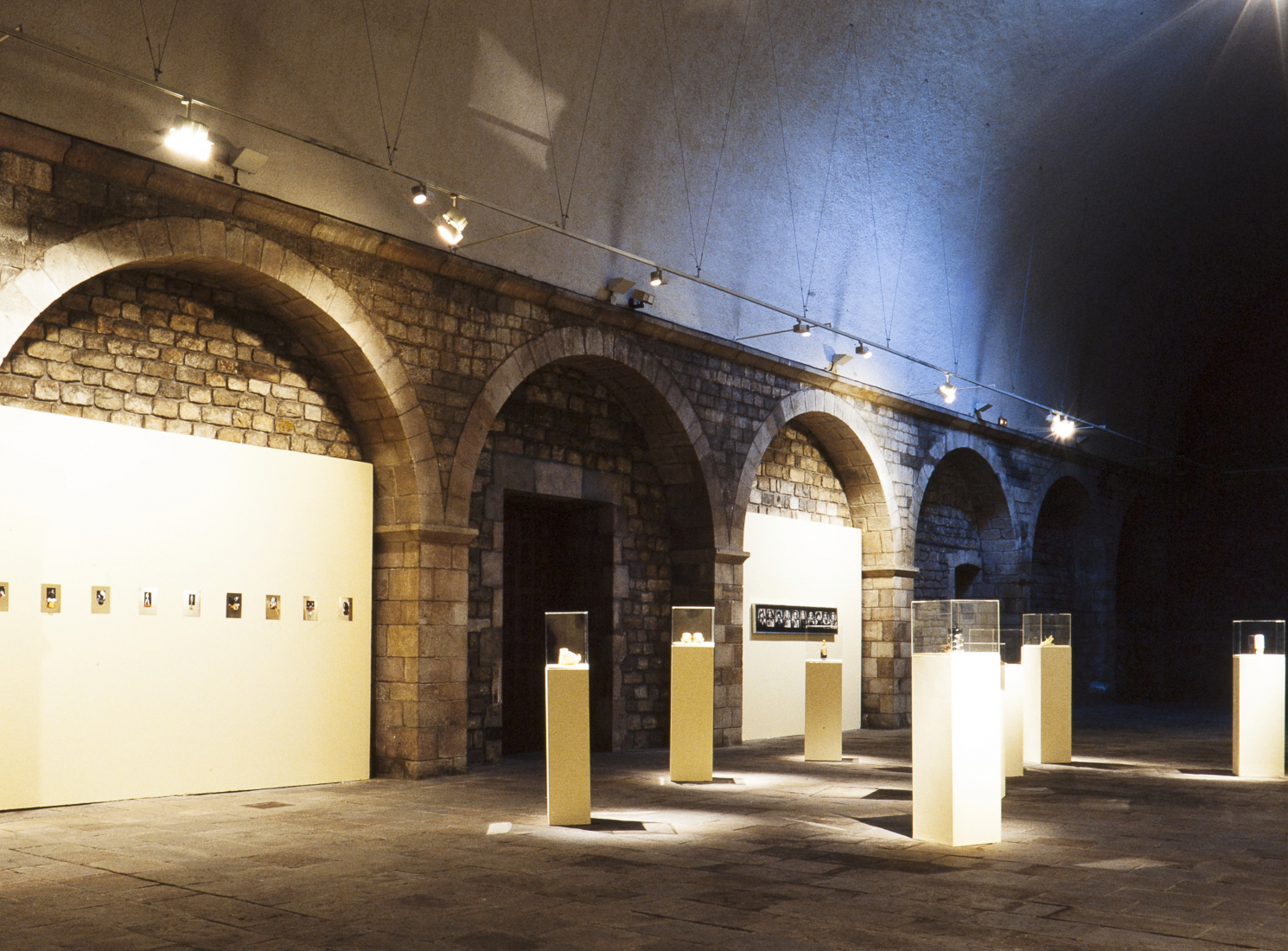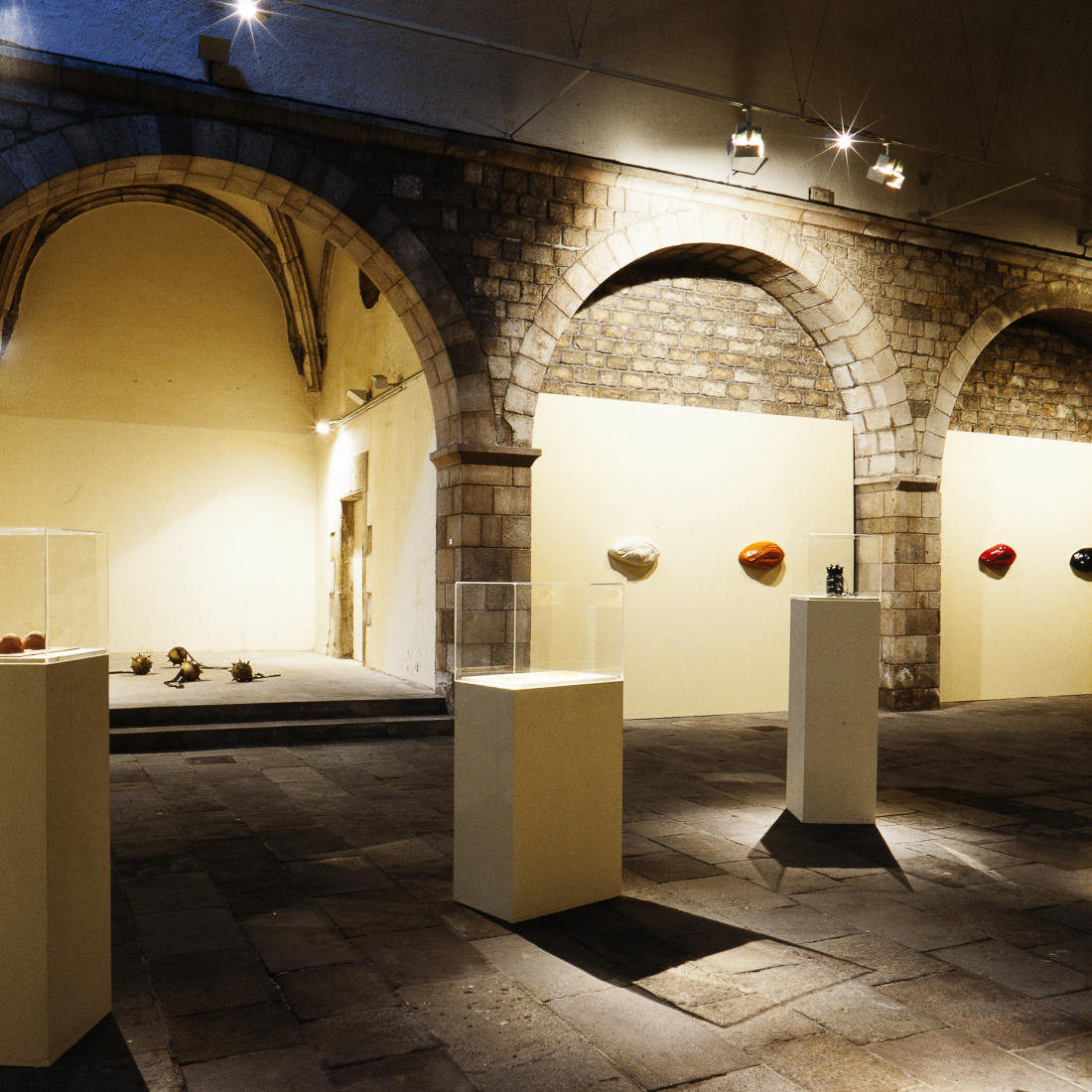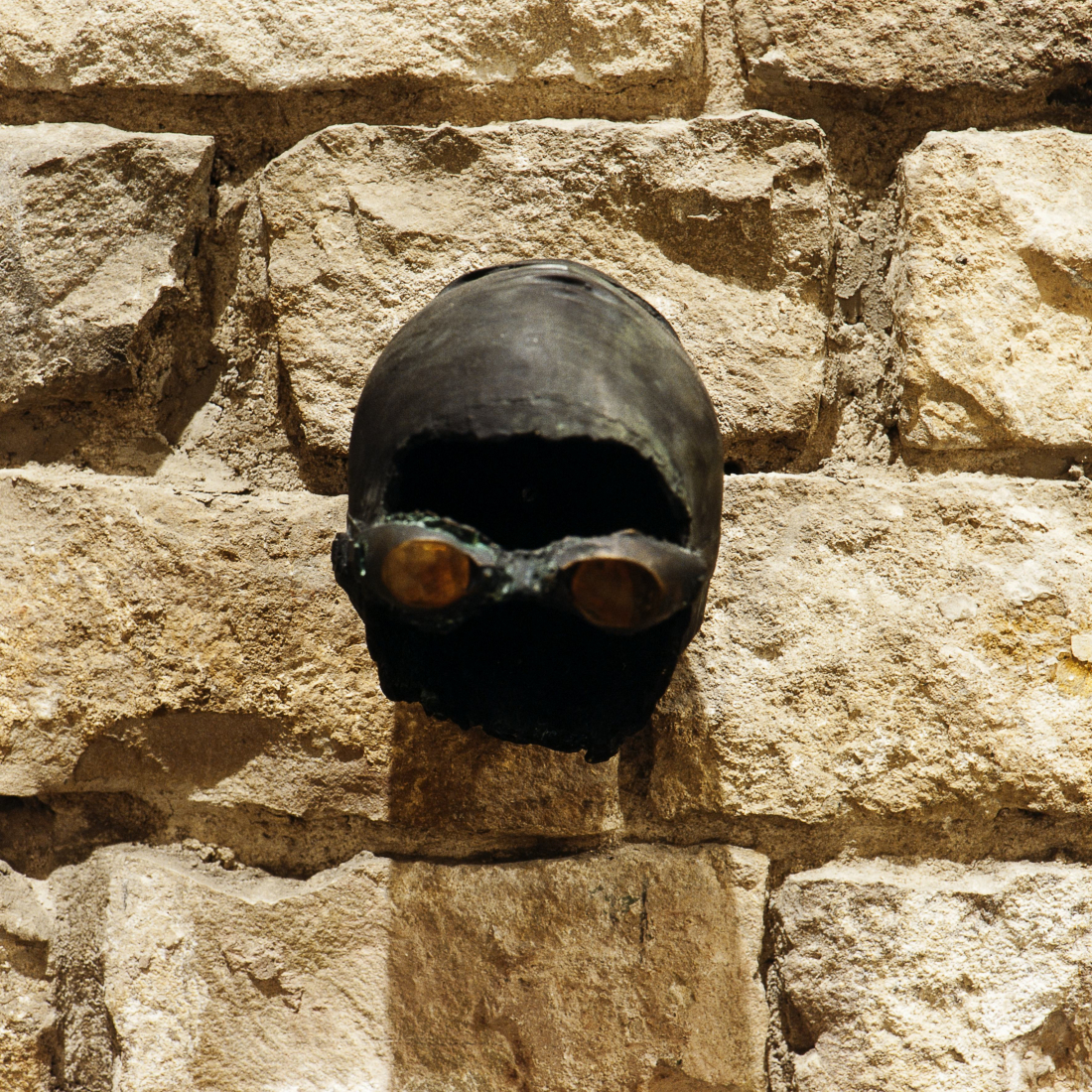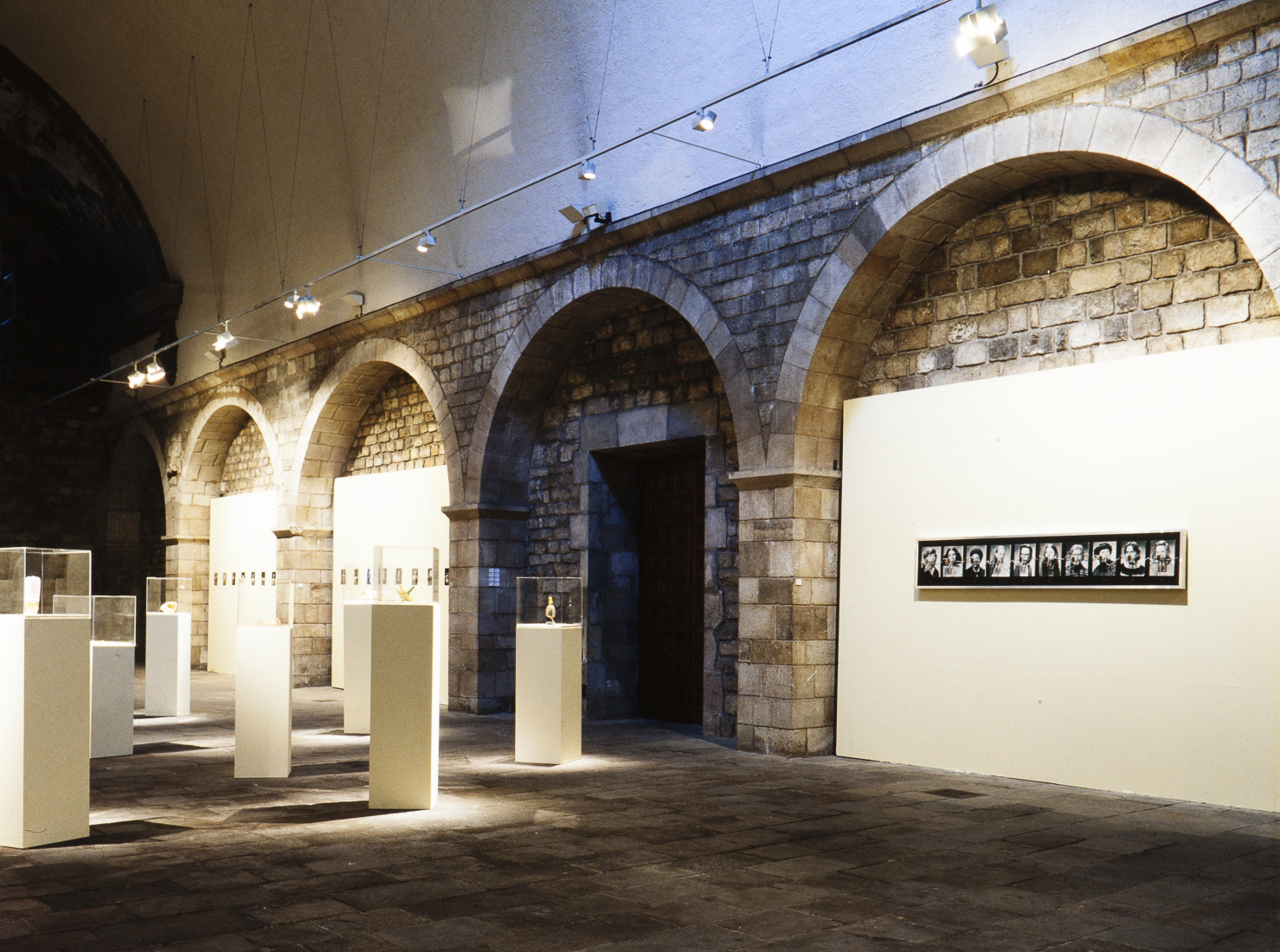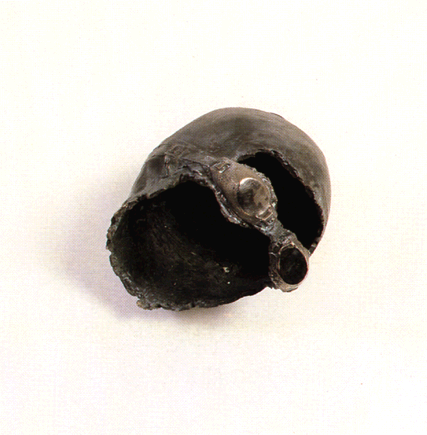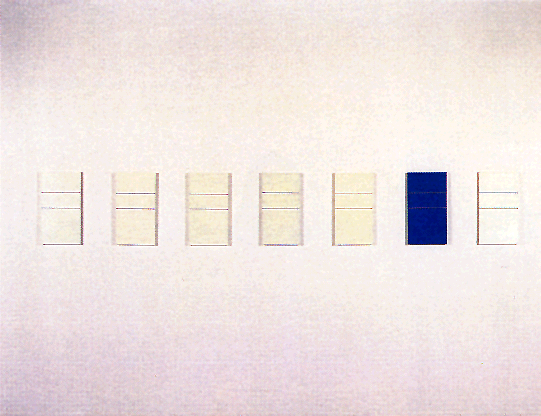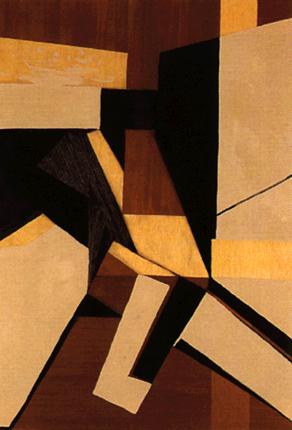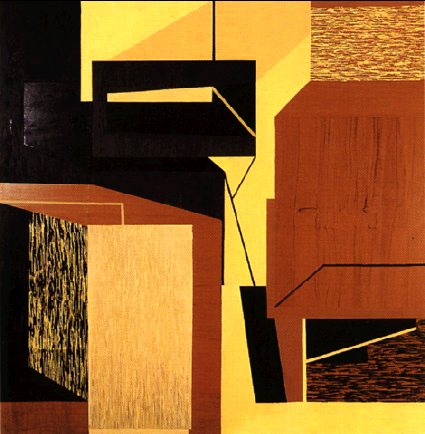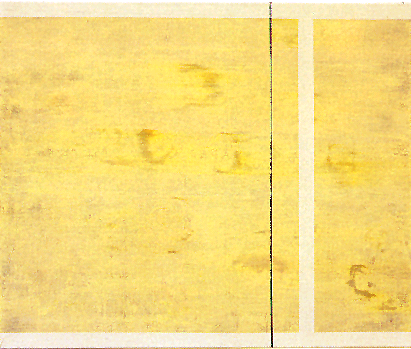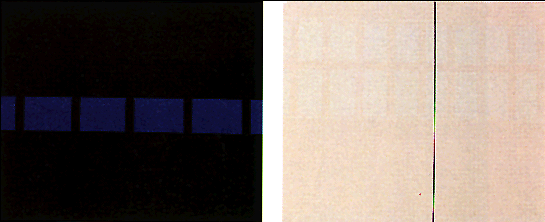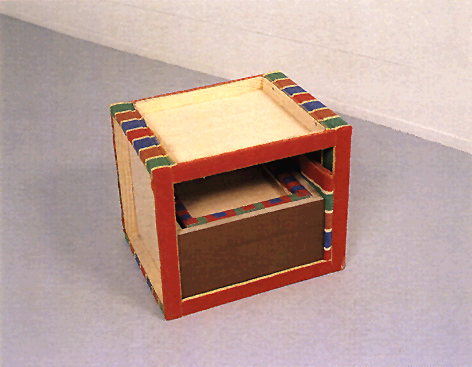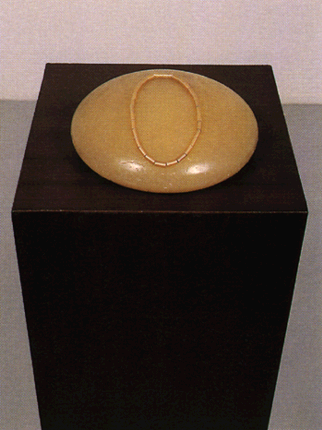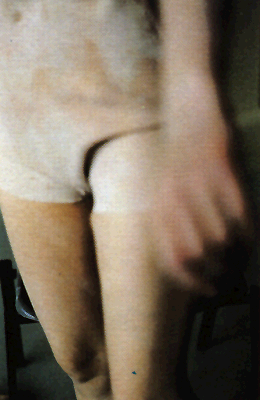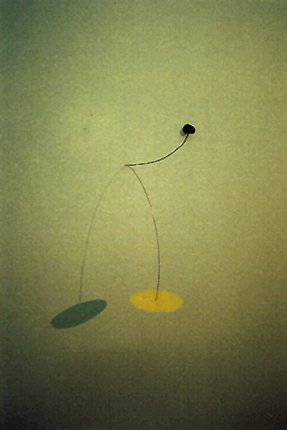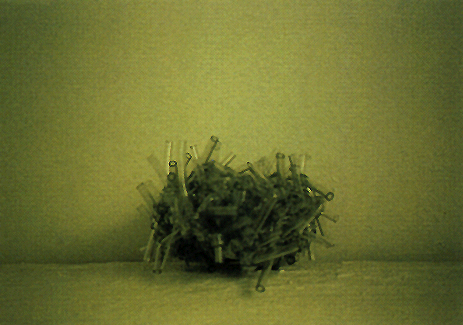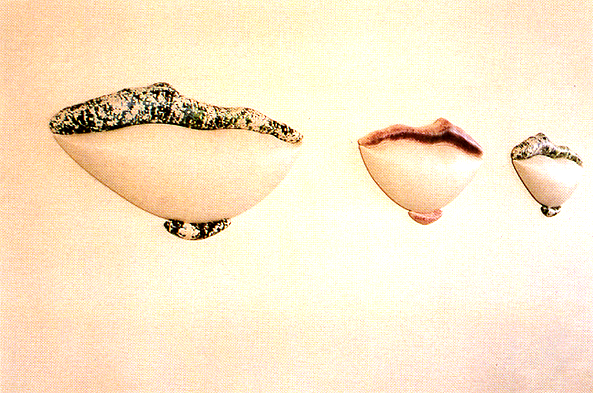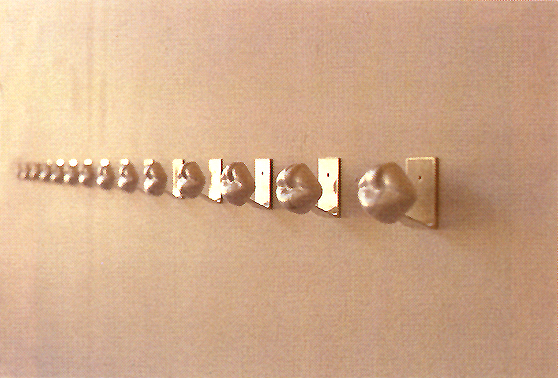Travessies liminars. Arteleku Zeharbideak
Artists: Mikel Bergara, Javier Alkain, Xabier Arribas, Josu Sarasua, José Ramón Amondarain, Itziar Okariz, Azucena Vieites, Alberto Peral, Nekane Zaldua, Gema Intxausti and Manu Muniategiandikoetxea.
Always one-way, and sometimes recreating and repeating already-known scenarios, contemporary art continues to display aporias, riddles, stories and unfinished projects such as modernity. And yet, we need to recur in a recurring way to think about its entropic march, its complexity, its networks where the aesthetic, cultural and economic values are tied together. Even knowing that this task requires an interdisciplinary approach and a critical and tenacious effort, in this brief point I suggest some words-passage for this dialogue-sometimes, uninterrupted noise that constitutes contemporary art.
Labyrinth Umbert Eco establishes three types of labyrinth: unidirectional, mannerist and in the form of a network. The simultaneous presence of the three; so I imagine the territory of contemporary art. But the hegemony corresponds to the network maze, expandable to the infinite and denies the distinction between inside and outside. In this network plotted of points that can be connected between them, the ideas of genealogy and hierarchy are questioned. It also affirms the detachable and reversible nature of the network, denies the possibility of carrying out a global description of the rhizome in spatial or temporal terms and creates a true space of contradiction. In this network of labyrinthine loop-total circuits of the device, which works in communication networks, is the key concept to describe the dynamics of the system. The art producer, the mediator, the consumer, the artist; all are part of the network, they engage in a complex interaction in a market linked to communication. The work and the artist, as Anne Cauquelin has known, will be treated by the network at the same time as a constituent element - without them, the network would not be right to be - and as a product of the network - without the network, nor the Work or the artist have visible existence. Although the most significant of this labyrinth, a metaphor for contemporary art, is this complex network of synergies between museums, art centers, marchers, galleries, critics, conservatives, commissioners, artists, public institutions, foundations ...
Relativism Cultural relativism advocates equivalence, the existence of a diversity without hierarchies between different cultures. The aesthetic relativism, the main worm of the artistic apple of modernity / postmodernity, has emerged in the shadow of that and the tree of pluralism. All in all, before the regant of "everything is worth", in contemporary art, it is possible to find judgments of aesthetic and cultural value, beyond what sanction the networks and the market, without falling into a new version of ethnocentrism? Is this an apory that should always accompany art? And the criticism, when will we thoroughly reflect on this uncomfortable knot?
Border If the new situation of our time has the most significant brand the complexity and absence of legitimacy of the great stories that they had in the world; If the confrontation modernity / postmodernity has not solved the crisis, although we have discovered that nothing can be known with certainty and that history is devoid of teleology; then what? Then, in the words of Francisco Jarauta, "a kind of border, a territory of transition, emerges in which all the stories, all the projects, the achievements, the failures, as well as what could never have been reality, are present. and the imaginary are found, ". How art lives this frontier? In the paradox of constantly passing borders: those of their link to the truth, those of the different canyons of beauty, those of successive deaths of art, those of tradition, those of the avant-garde, or the fragile "neo" "What have emerged in recent decades? How to express from the art this complexity and this uncertainty frontier? How to slip between the cultured thing, the popular one and the massive one without tripping with the banality and without recreating the soft glance? Perhaps the most necessary art is the one who accepts this boundary not as buck but as a challenge, as "the possibility of going to the bottom of the unknown to find the new"? Yes, the new creator, of another experience where we can take care of the fraternity of the unexpected. Border crossing and fine art such as the historical avant-gardes, or like Picasso, Klee, Duchamp, Wols, Giacometti, Beuys, Rothko, Millares, Oteiza, Pollock, Richard Long, Cindy Sherman, Buren, Merz ...? What else?
Game And, even so, the work of art is not exhausted by finding answers to the above questions. In the attempt to create another world parallel to ours, and other borders also, art can be displayed as an ironic and playful game: either in the demystifying manner practiced by Duchamp, or "conceived for mere pleasure , and the mere chilling, of the simulation as Perec recommended at the end of his novel The Cabinet of an Enthusiast, or from which Gadamer postulates: << The work, product of the game, leaves a space for fill up. The aesthetic that art provides precisely this possibility of filling, never finished, of the space of play >>.
Another ideal For example, what from Todorov's temperate humanism is opposed to nihilism while still being an atheist. And it is that the crisis of the illustrated reason and the great stories does not impede the critical investigation of the senses that inhabit the reality.
Multiplicity This last proposal for the coming millennium that Italo Calvino left us seems to me the best for the art of our time. The fragmentation that penetrates all areas, the acceleration, instantaneousness and simultaneity of experiences that allow new Telepolis, new cultural conflicts and emerging collective identities increase the heterogeneity and the network of potentials. "Art," said John Berger, "is a mediator between what is given and what we want." Renew our promise of happiness unfolded in multiple more modest and ephemeral congratulations.
Without the will to exorcise the chaos, attentive to the many agitated bushes, the beauty of uncertainty -floor also with crossbreeding and precarious- opens up the multiplicity of "to speak what has no word," Dialogue with the otherness, to extract from the transient something permanent. Liminar crossing?
ELEVEN YOUNG LIMIBLE TRAVELERS
They are threshold artists: they avoid the reductionist classifications and prefer ubiquity, the games of transition in the heterogeneous scene of contemporary art. They are young people who have gone through this Basque factory of creation, experimentation and reflection that is Arteleku.
His works renewed the uninterrupted dialogue of contemporary art that conformed by other works, other artists and other journeys, are transformed into multiple reflective loops. In interaction with this dynamic in which the finish begins again, these limine artists propose to their works a game of questions to try to skirt or get closer to the core of their meaning, and to fraternize with their enigmas.




